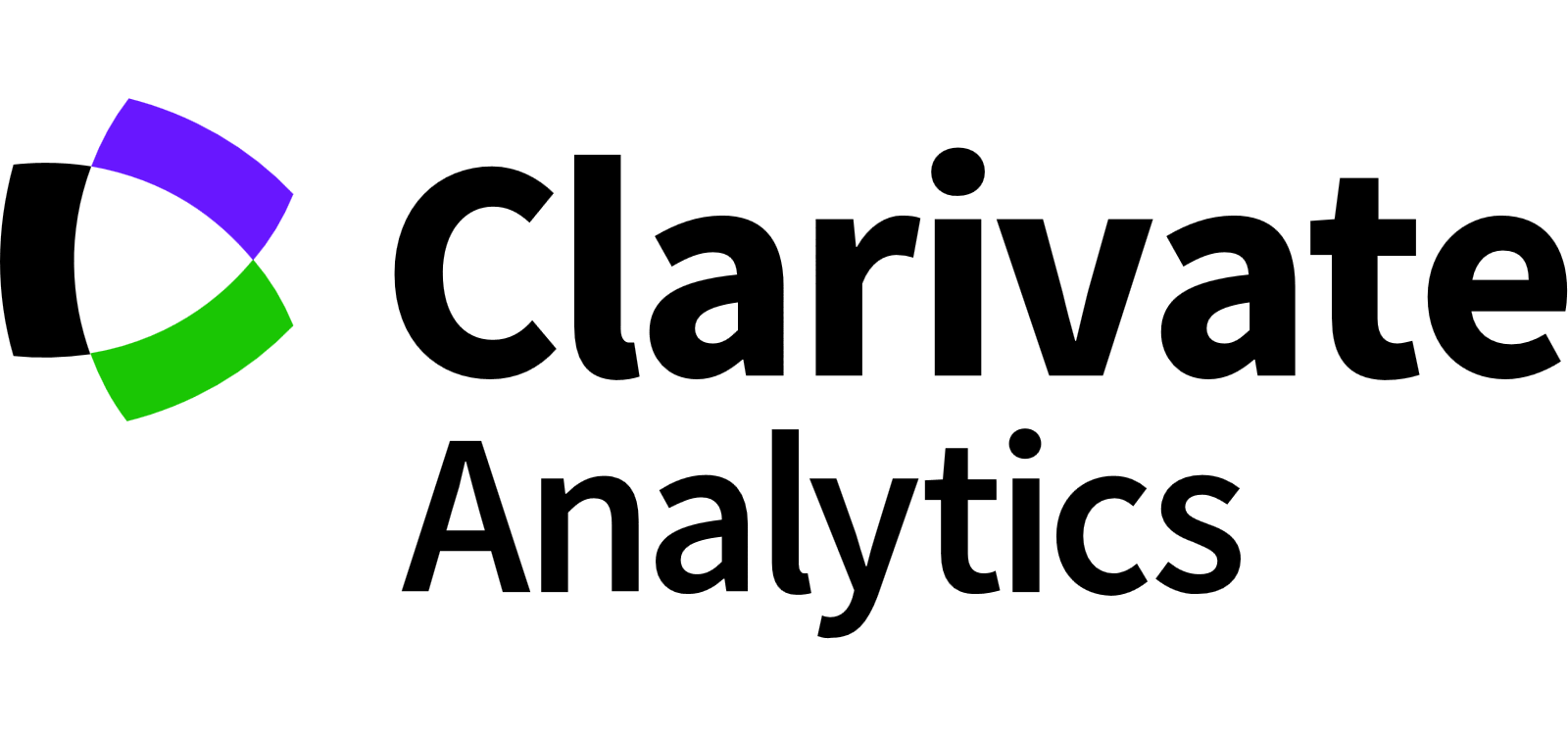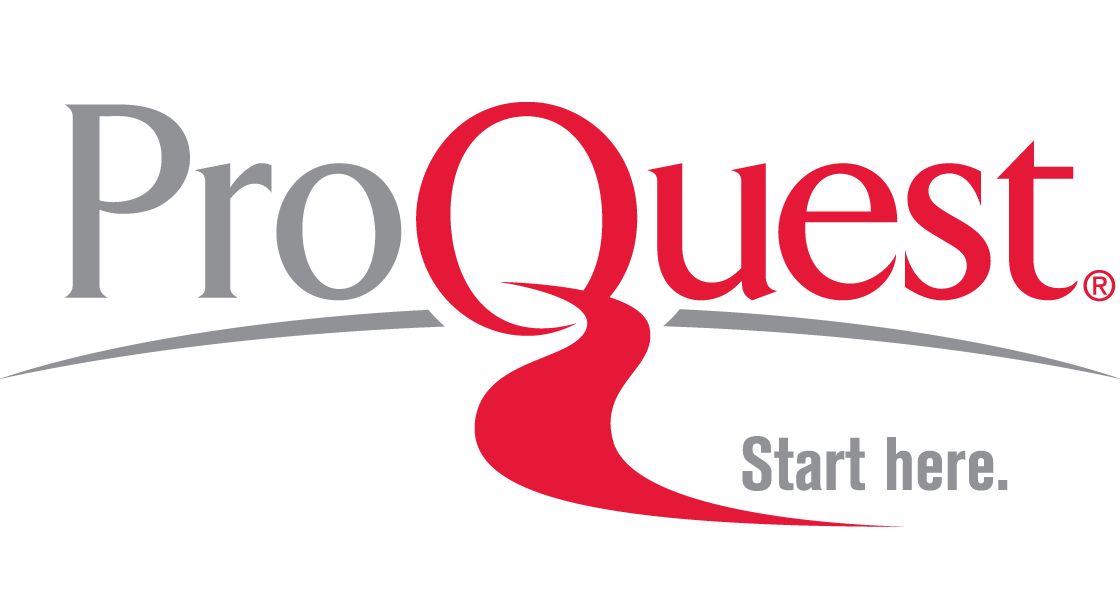Developing Hybrid Algorithms with Fire Hawk Optimization on Concrete's Chloride Diffusion
Abstract
Throughout their lifespan, reinforced concrete buildings may encounter many challenging circumstances, such as exposure to chloride ions. Exposure to the elements, particularly in coastal areas, may lead to a decrease in durability and degradation of concrete structures. Artificial intelligence (AI) may be utilized to create models that accurately predict the chloride diffusion coefficient (CD) of non-steady state concrete over a long duration by analyzing experimental field data. This approach has the potential to boost the evaluation of the durability of a certain building structure by highlighting the most significant factors. This work showcases the use of the support vector regression (SVR), multi-layered perceptron (MLP), and random forests (RF) for predicting the DC of concrete under different exposure conditions. The fire hawk optimization algorithm (FHOA) approach was employed to improve prediction models that were trained on a dataset consisting of 216 data points. The findings indicate that the RFFHOA, MLPFHOA and SVRFHOA models have significant promise in properly forecasting the CD of concrete under different exposure situations while maintaining acceptable R2 values. The results suggest that RFFHOA, MLPFHOA and SVRFHOA may reliably predict specific CD values in various exposure situations. The RFFHOA attained R2 values of 0.9951 throughout training and 0.9971 throughout testing. In detail, MLPFHOA had a R2 value of 0.9659 throughout training and 0.9756 throughout testing. The R2 value for SVRFHOA's test stage is 0.9835, whereas the training stage is 0.9659.








